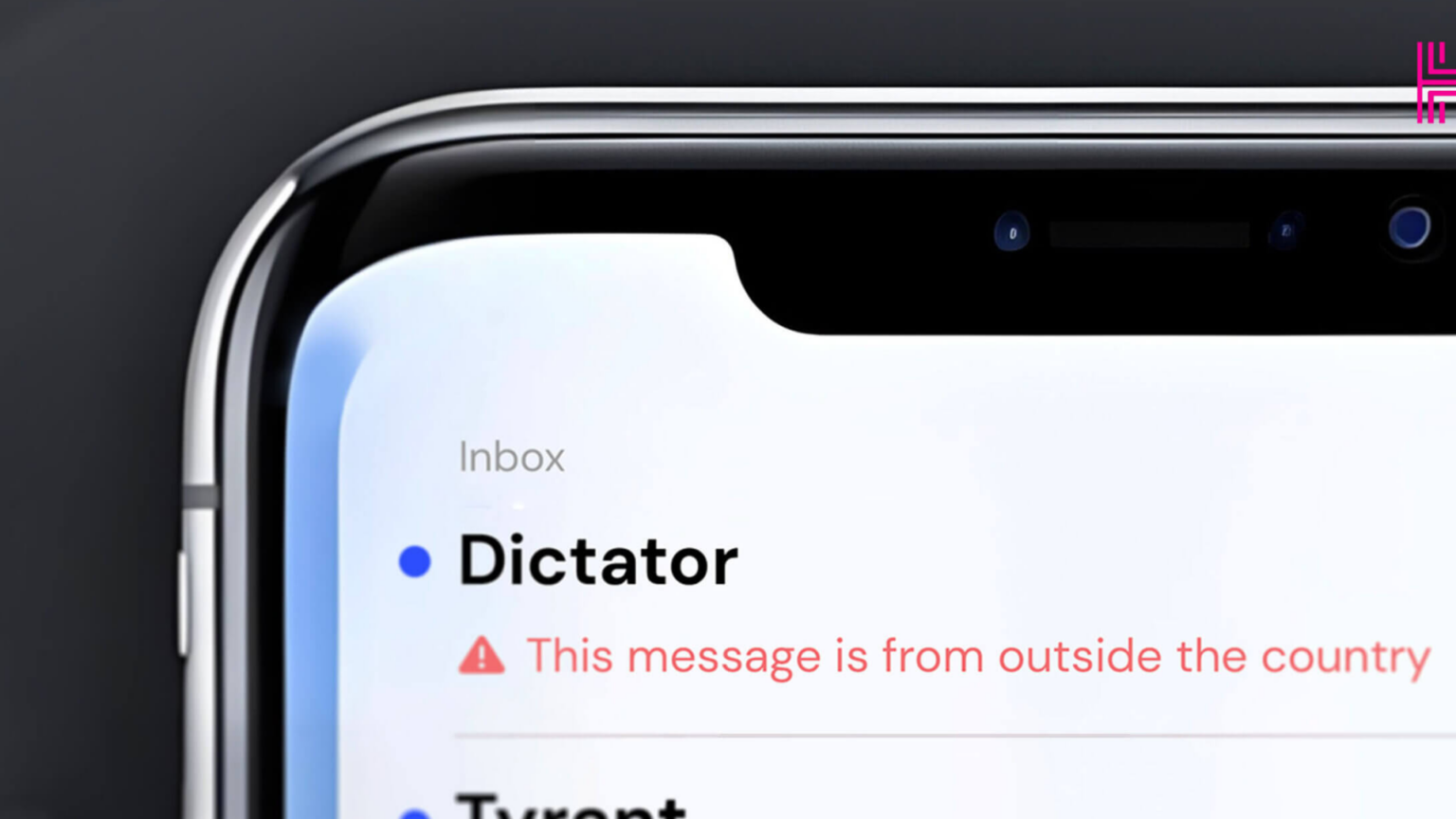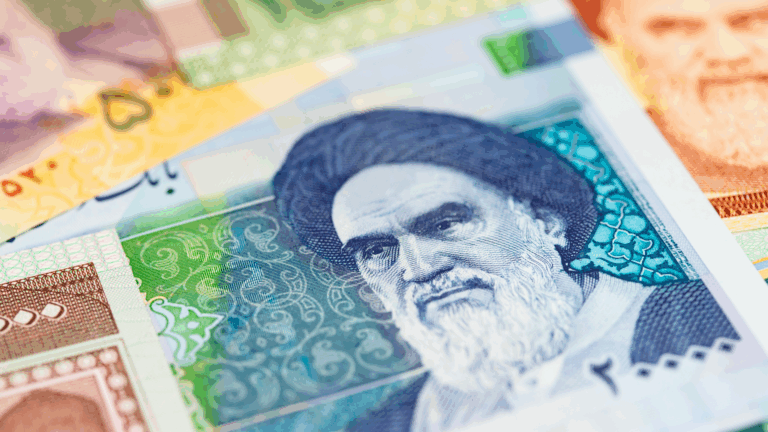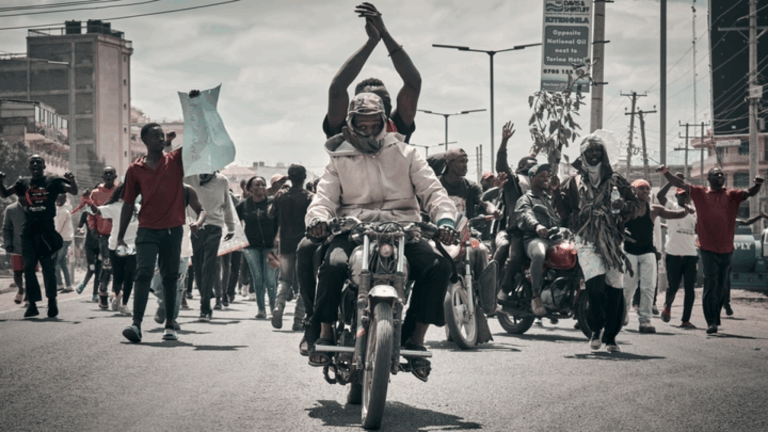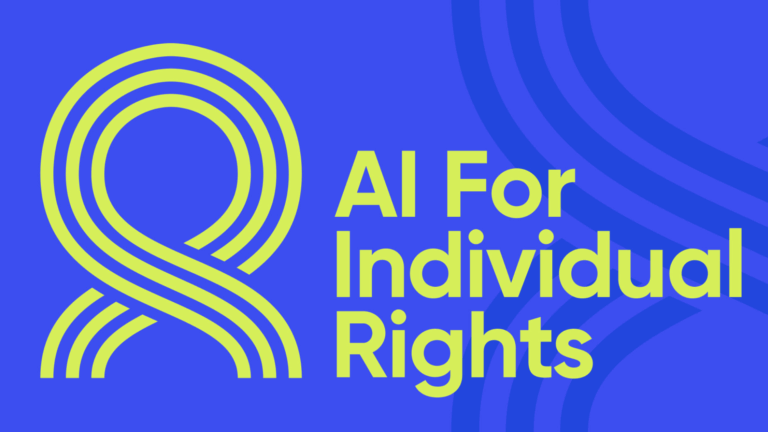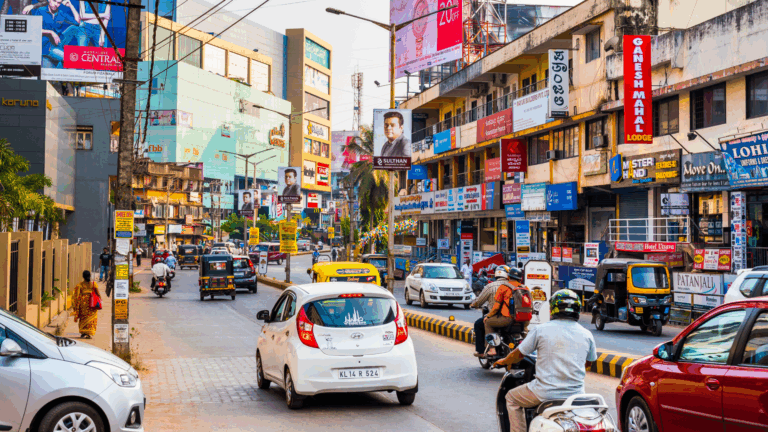By Kristen Anna
A typical move in the dictator’s handbook is not only oppressing those within the country but silencing voices of dissent outside the country. And technology has only made it easier.
Social media directly exposes dissidents to dictators, who can more easily harass and harm them across borders, even in the apparent safe zone of democracies.
Transnational repression — when governments aim to silence criticism from dissidents, exiles, and diasporas abroad — has long been used by authoritarian regimes. It can take various forms, including threats, kidnapping, forced rendition, and assassination. If a dissident still has family in the country, the regime may also threaten them to pressure the dissident abroad.
Recent years have seen an increase in transnational repression by authoritarian regimes. Freedom House recorded 735 incidents between 2014 and 2021, with 85 incidents in 2021 alone. Ninety-four percent of the attacks recorded by Freedom House in 2021 were committed by authoritarian countries. Countries like China, Rwanda, and Belarus regularly commit direct, physical attacks outside their borders, and many collude to attack dissidents. Turkey, for example, works with China and Turkmenistan to target Uyghurs and Turkmenistani nationals residing in Turkey.
The case of Iranian journalist, activist, and HRF board member, Masih Alinejad, shows the lengths authoritarian regimes are willing to go to silence dissent abroad. Although Alinejad was forced to flee Iran in 2009, she and her Iranian family continued to be targeted. In 2018, her sister was forced to publicly denounce Alinejad on television. In 2020, Alinejad’s brother was sentenced to eight years in prison in Iran in a move seen as retaliatory against Alinejad.
Regardless, Alinejad continues to speak out against the Iranian regime, even as the regime grows bolder in its attacks against her. In 2021, the US charged four members of an alleged Iranian spy network for plotting to kidnap Alinejad from her New York home. Just a year later, US authorities again foiled an attempt by the Iranian regime to target Alinejad in New York, this time to kill her.
While authoritarian regimes continue to employ “traditional” methods of transnational repression, they have also expanded their toolkit through social media. When dissidents use social media to raise awareness and document human rights abuses, these regimes counter the narrative through tactics of state-operated troll farms and smear campaigns online. Alinejad herself has been the subject of many smear campaigns by the Iranian regime, including one accusing her of being a spy for the British government.
Authoritarian regimes use social media to harass dissidents through threats, attacks on credibility, and “doxxing” — when the dissident’s personal information is made public. Following the murder of Washington Post journalist Jamal Khashoggi by the Saudi regime, Twitter was flooded with insults against dissidents and misinformation claiming the Saudi regime was not involved in the assassination. Many activists reported a sense of “dread” as reports of Khashoggi’s murder, perhaps the most well-known instance of transnational repression, coincided with threatening messages targeting dissidents abroad from pro-regime accounts.
Authoritarian regimes also report dissidents’ social media posts and accounts to social media platforms. State-sanctioned trolls mass report dissidents’ social media posts, which causes the platform to take down the posts or even suspend dissidents’ accounts. In 2022, several Iranian activists reported that their Instagram accounts were demonetized, reported, or blocked after they posted content related to the protests following Mahsa Amini’s murder.
Social media platforms’ data collection of their users also makes these platforms a target for authoritarian regimes. In 2019, the US government charged two former Twitter employees with spying for Saudi Arabia. One of the employees, Ali Alzabarah, shared the personal information of more than 6,000 Twitter accounts with the Saudi regime in 2015 alone. This included the account of prominent Saudi activist in exile, Omar Abdulaziz, who was friends with Khashoggi and recounted the regime’s threats against him in the award-winning, HRF-produced documentary, “The Dissident.”
On the other hand, dissidents like Alinejad and Abdulaziz recognize the importance of social media for exposing the abuses of authoritarian regimes. Platforms like Twitter and Meta allow those in exile to connect with people inside regimes like Saudi Arabia and Iran. These global connections can build movements and demand accountability for regimes.
But using social media also comes at great risk. Authoritarian regimes have quickly adapted to the digital landscape, with far greater resources for transnational repression. They can use social media to track who is criticizing them and then employ tactics to harass, threaten, and discredit dissidents — anywhere in the world. This leads to self-censorship amongst diasporas and those in exile, undermining their ability to engage in free speech.
Past criticisms have been leveled against social media platforms, citing genuine concerns about the safety of dissidents online. Most social media companies, like Meta, have adopted a human rights approach to their policy. But there is much more these platforms can do to protect dissidents online, like enhanced cybersecurity measures, consistent handling of bots and troll farms, and ensuring dissidents are not subject to unfair suspensions or content removal. They must regularly collaborate with human rights organizations and quickly address threats against dissidents and diasporas.
As Abdulaziz wrote in an op-ed for the Washington Post, platforms like Twitter are still worth fighting for. For many communities, social media is the only place to engage in true, free conversation. And, for dissidents living in exile, social media is often the only place to connect with people living inside the regimes they fled.
We must ensure it stays that way.

